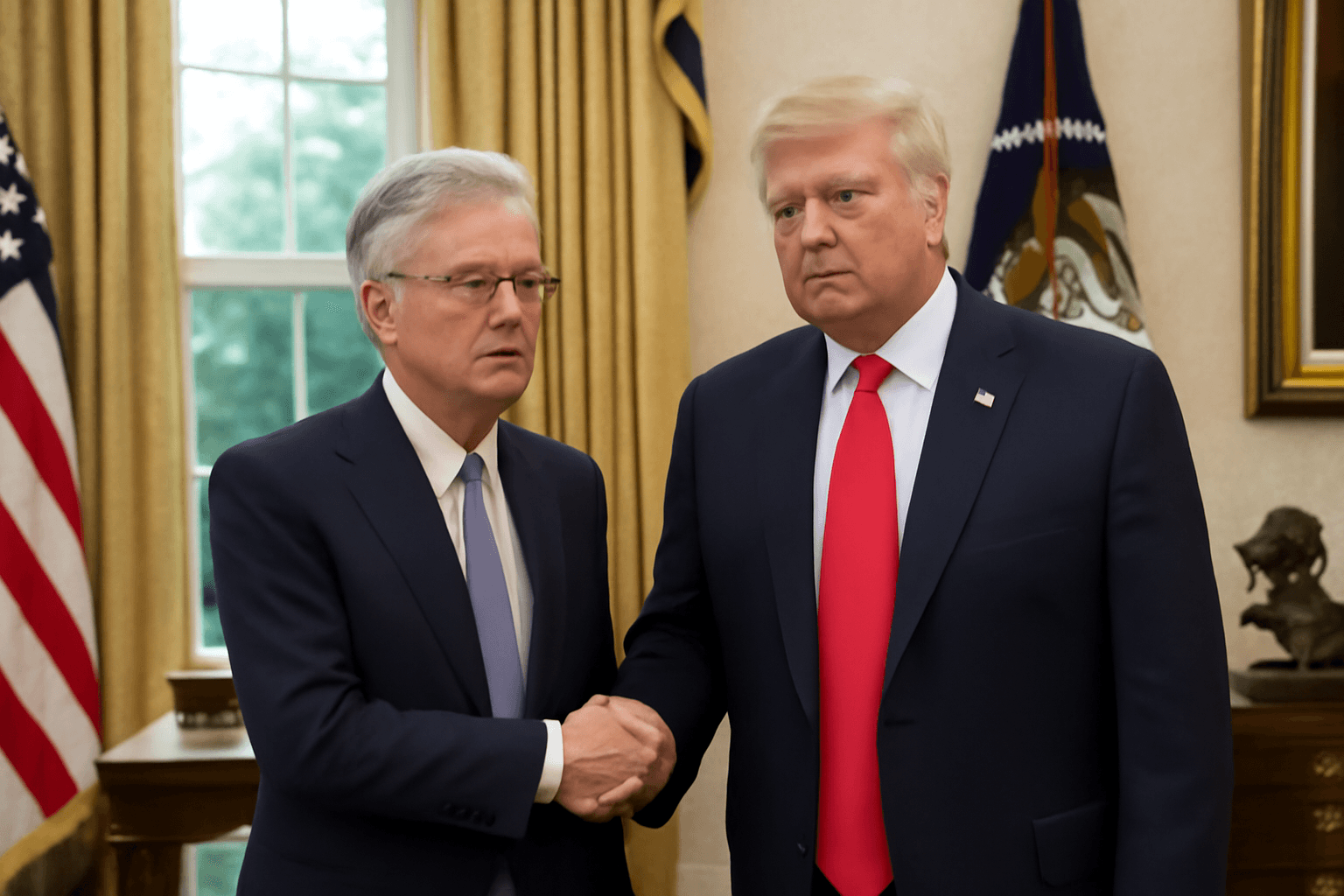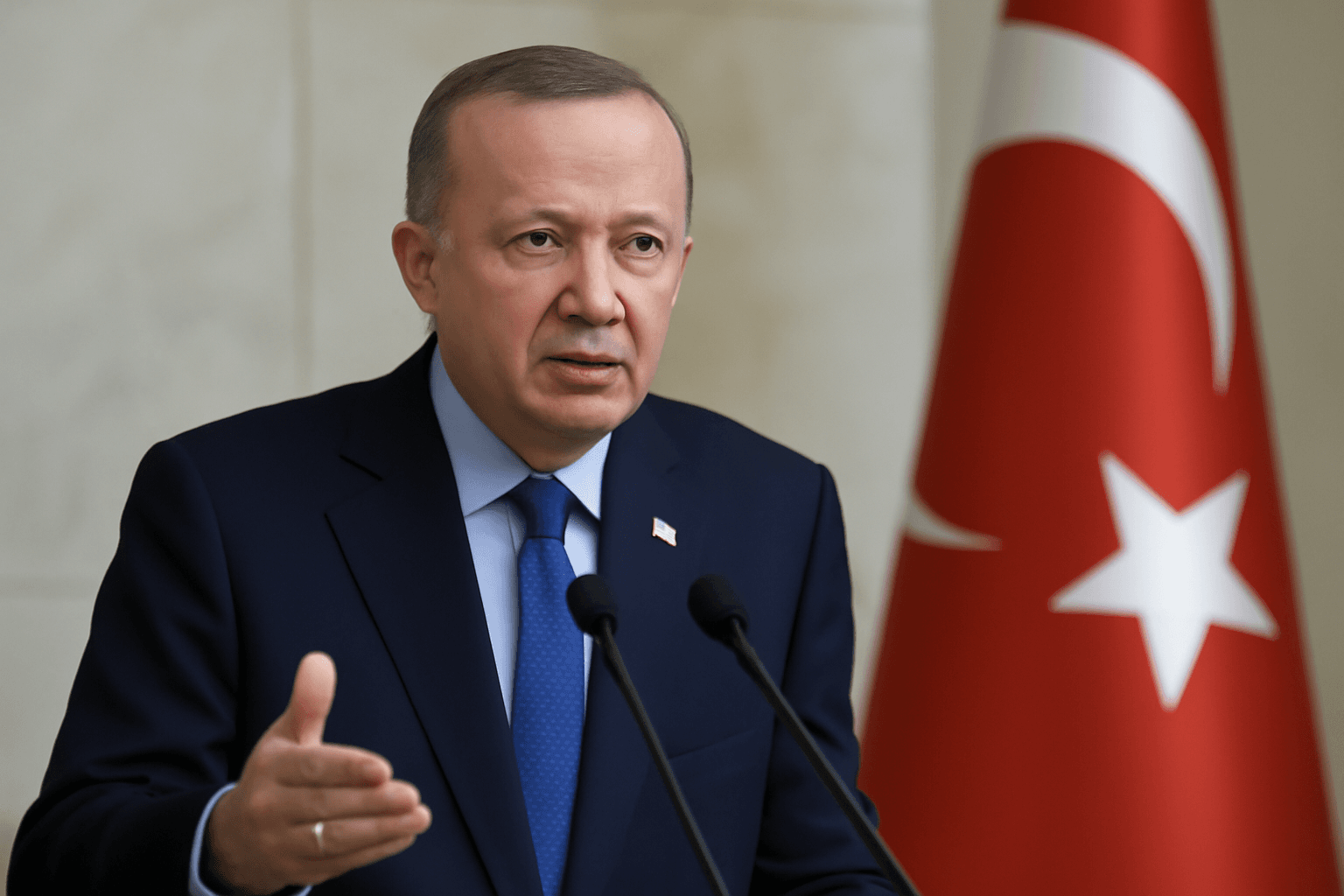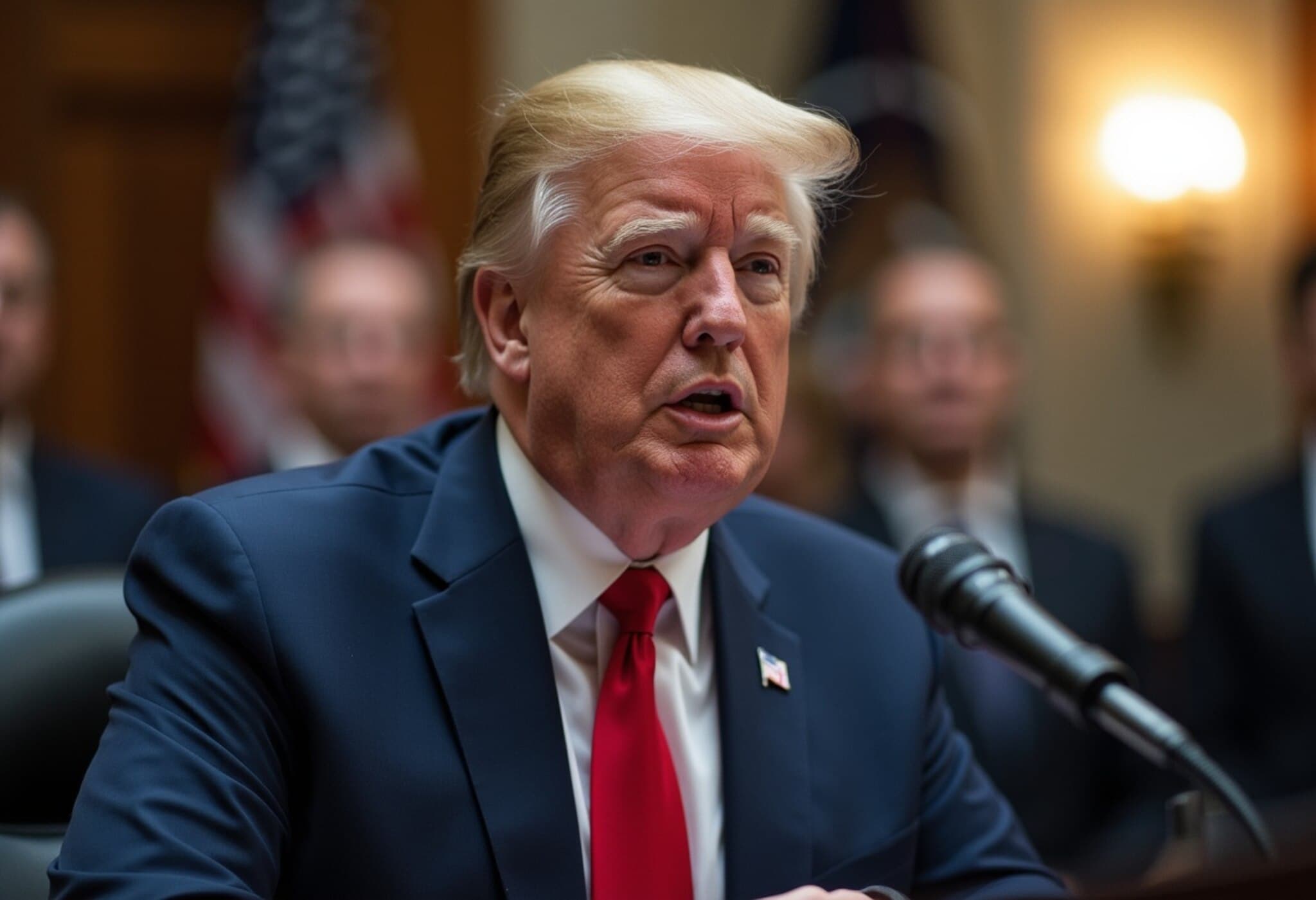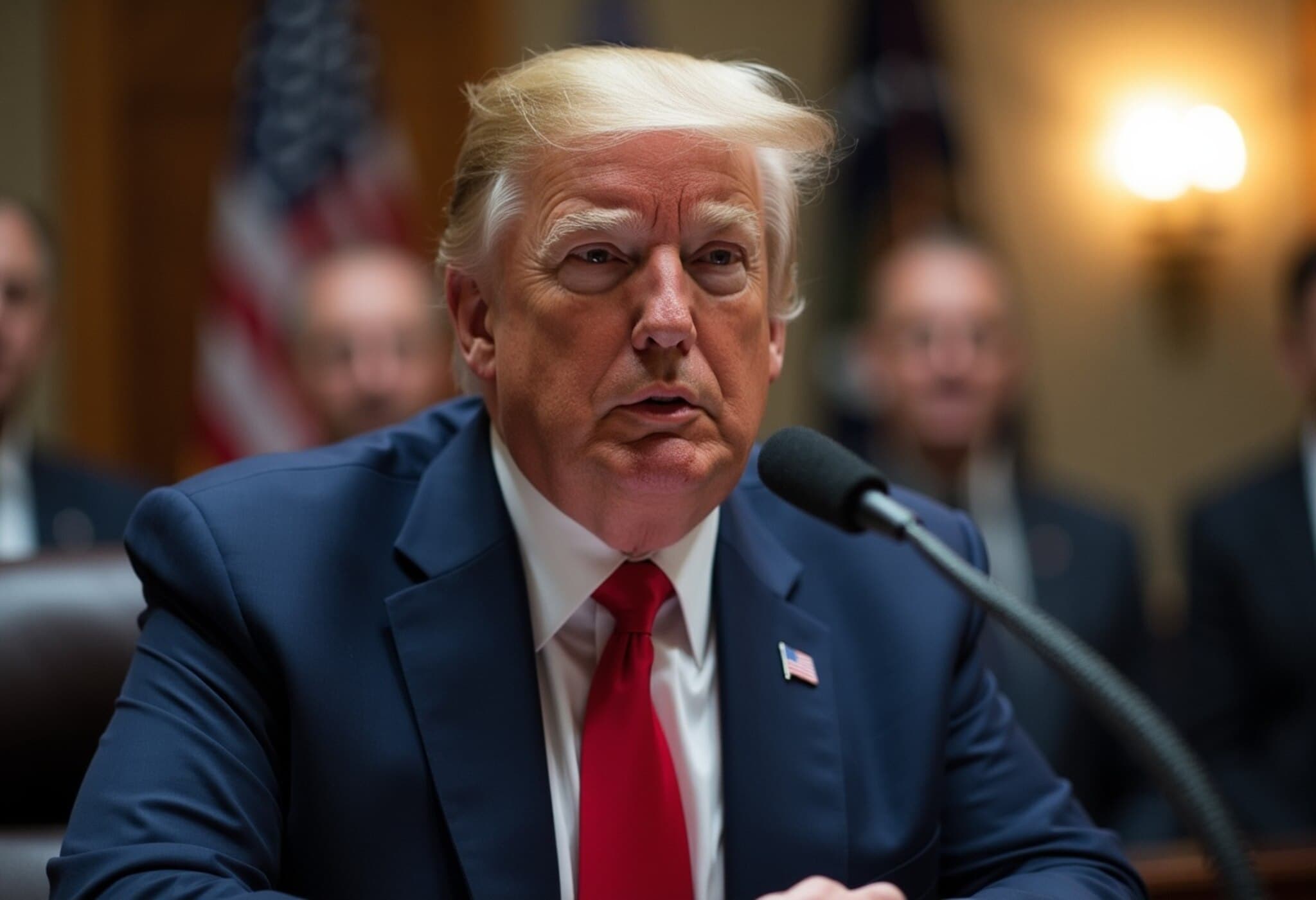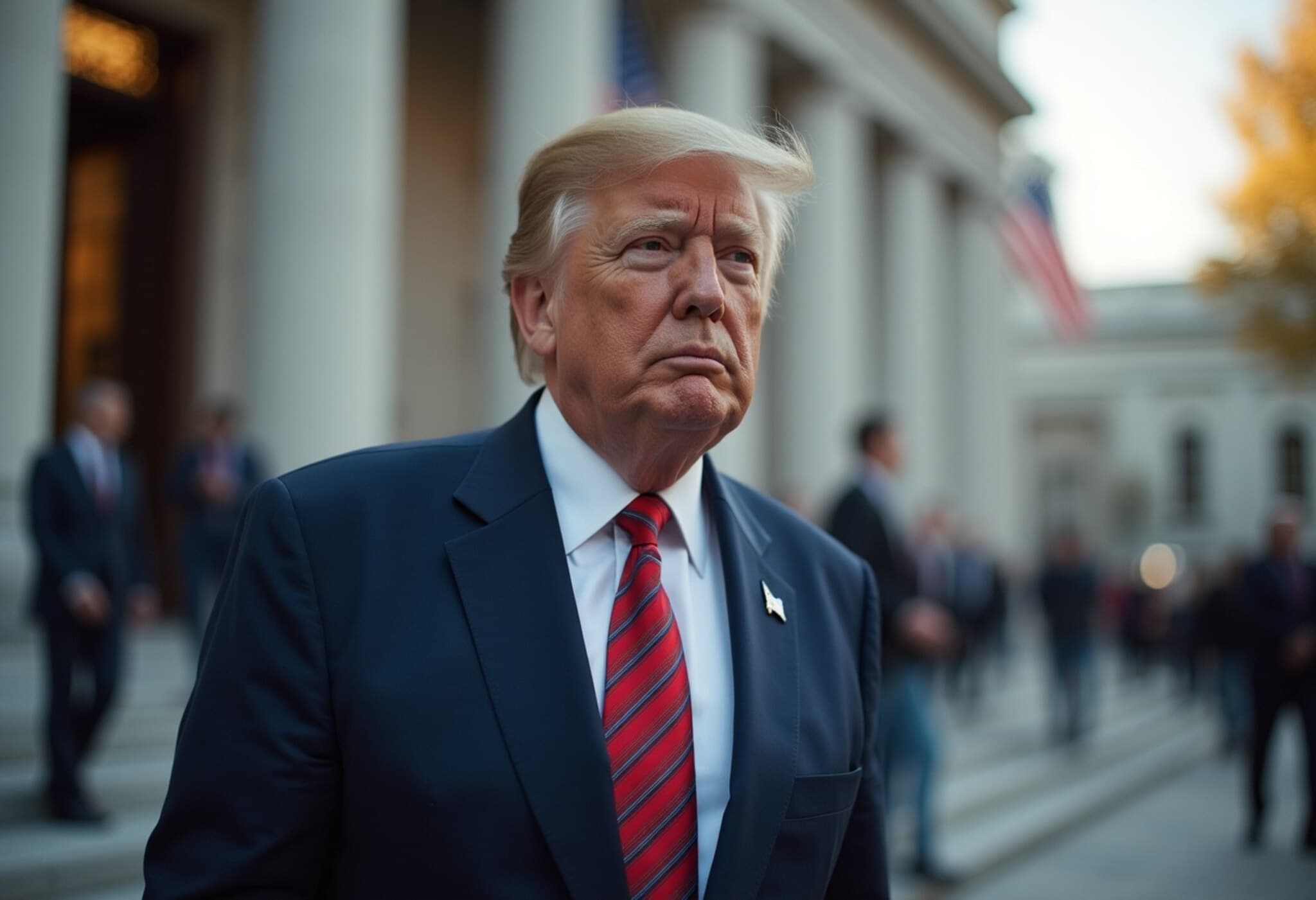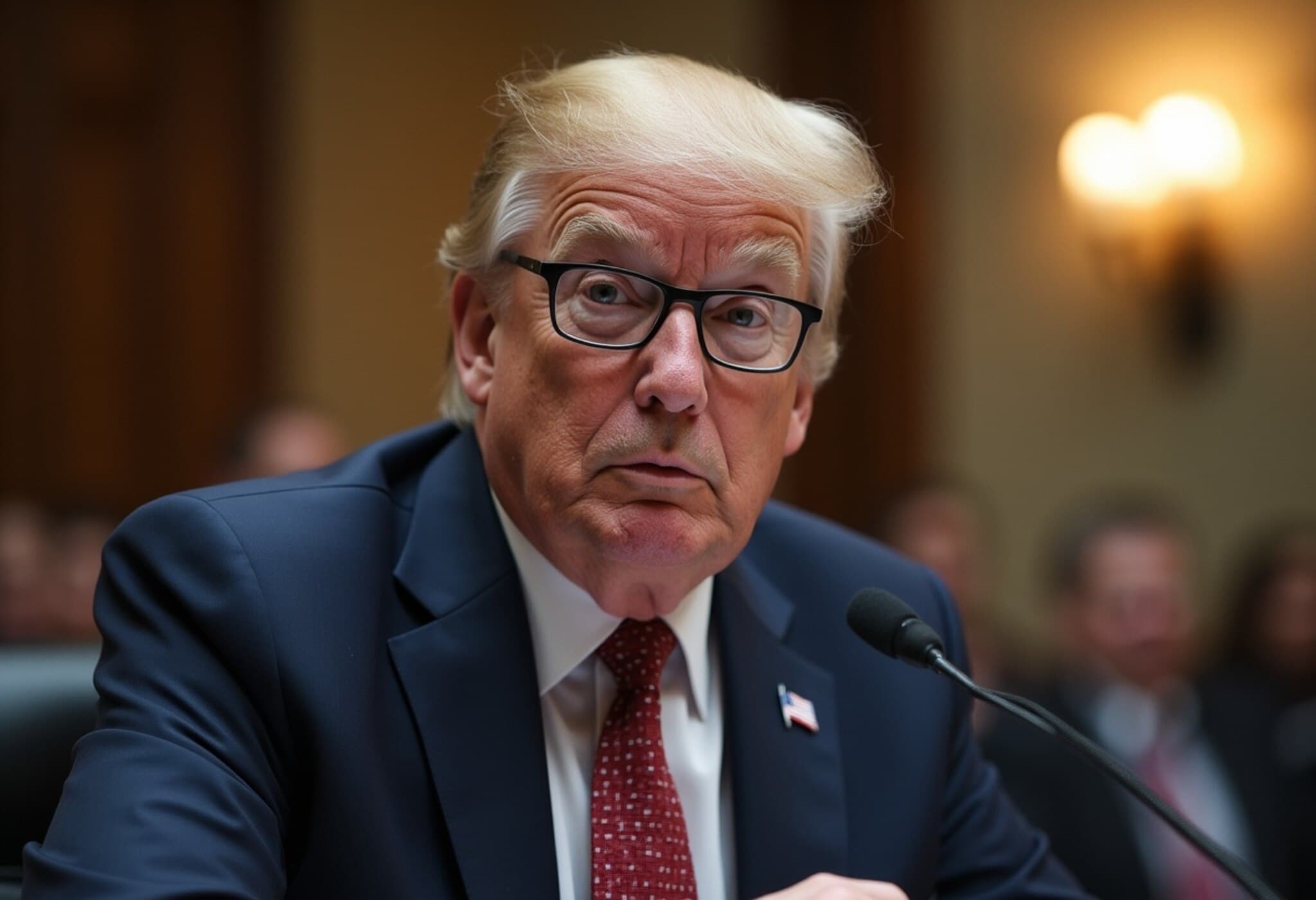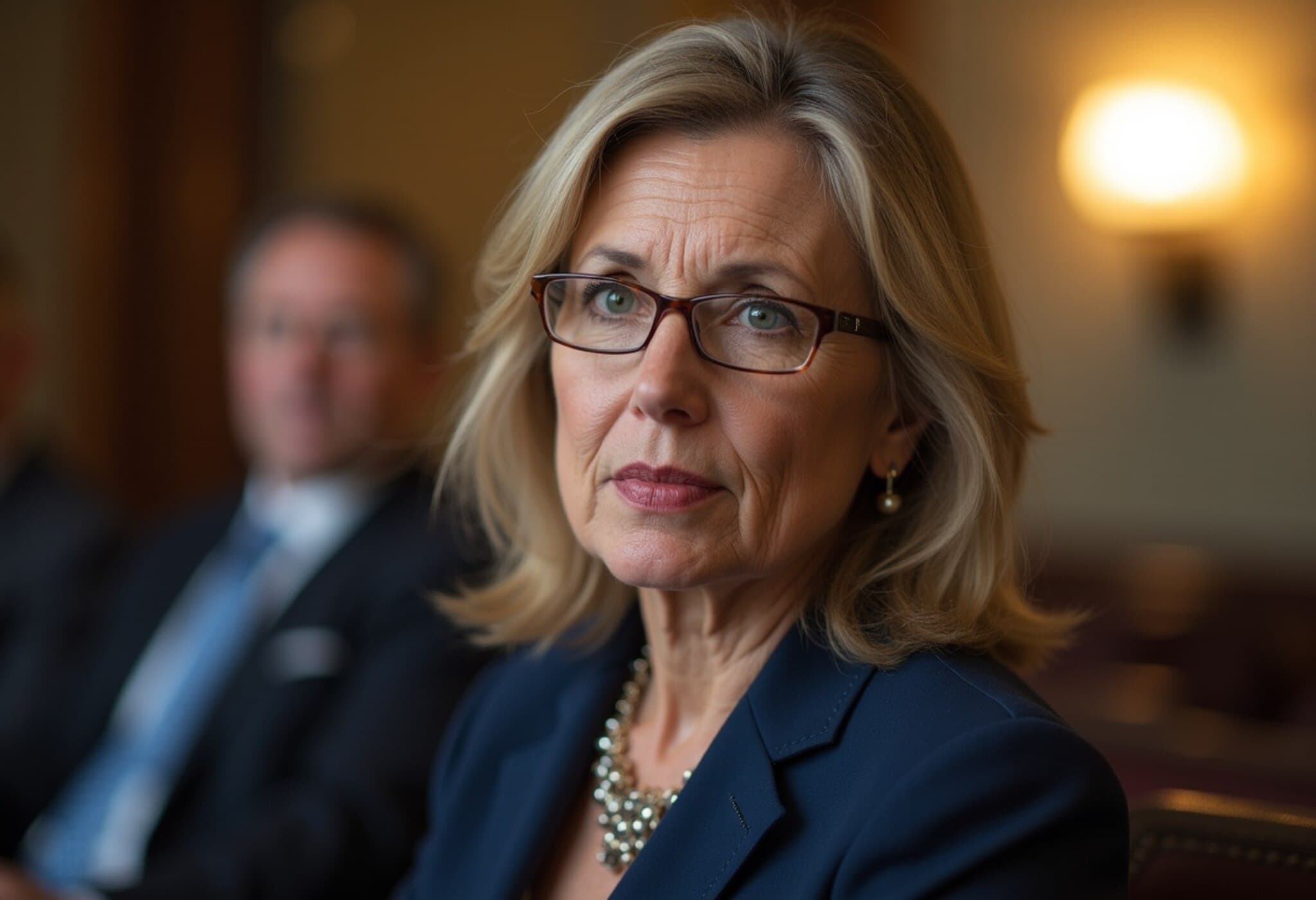Bank of England Maintains Interest Rates Amid Uncertainty
The Bank of England has chosen to keep its key interest rate steady at 4.25% following its policy meeting on Thursday. Though six out of nine members of the Monetary Policy Committee (MPC) voted to hold rates, three pushed for a 25 basis-point cut, signaling cautious optimism about easing in the near term.
Economic Landscape: Slow Growth and Loosening Labor Market
Recent analysis from the BOE reveals underlying UK economic growth remains sluggish, and the labor market is showing signs of softening. This has gradually opened a margin of slack within the economy. Additionally, wage growth has moderated significantly, with expectations of this trend continuing throughout the year, tempering inflation pressures.
Geopolitical Risks Keep Market on Edge
The central bank emphasized the heightened global uncertainties impacting its outlook. Rising energy prices, exacerbated by escalating conflicts in the Middle East, present a risk to inflation dynamics. The MPC underscored its vigilance in monitoring unpredictable external factors, signaling a responsive approach to future economic developments.
Inflation Outlook and Monetary Policy Signal
UK’s inflation rate held at 3.4% in May, above the BOE’s 2% target but in line with expectations. The bank forecasts inflation peaking around 3.7% by the third quarter before easing into next year. However, ongoing geopolitical tensions and international trade uncertainties, including the U.S.’s evolving tariff policies, complicate the inflation outlook.
Crucially, the bank stated that monetary policy is “not on a pre-set path,” cautioning markets against assuming guaranteed rate cuts. This nuanced messaging reflects the complexity and fluidity of current economic conditions.
Possibility of Rate Cuts in August
Despite holding rates for now, the Bank of England’s measured tone opens the door for potential easing later this summer. Economists widely anticipate a 25 basis-point cut in August, followed by another reduction in the final quarter of the year, depending on inflation and growth trajectories.
Challenges Ahead
- Energy price volatility: Ongoing Middle East tensions could further push oil prices upwards, risking renewed inflation spikes.
- Growth uncertainties: The UK economy contracted by 0.3% in April, highlighting fragile growth prospects amidst external pressures.
- Global trade risks: Protectionist policies and conflict disruptions threaten trade flows impacting the domestic economy.
Looking Ahead: Cautious but Ready to Adapt
Former BOE officials and economists suggest the bank will continue to weigh data carefully, reacting to changes in inflation, growth, and geopolitical developments on a monthly basis. Should energy prices soar—for instance, if oil reaches around $85 a barrel—or if inflation spikes above 4%, the MPC might pivot towards a more hawkish stance, tightening policy instead of cutting.
Ultimately, the Bank of England’s approach will remain fluid, balancing the risks of rising inflation against the need to support a slowing economy. Policymakers appear committed to navigating these uncertain waters with a vigilant and flexible strategy.









